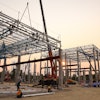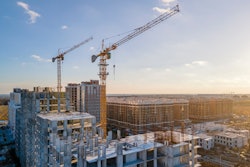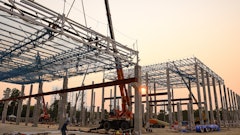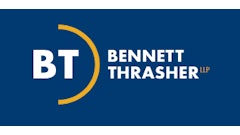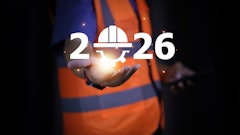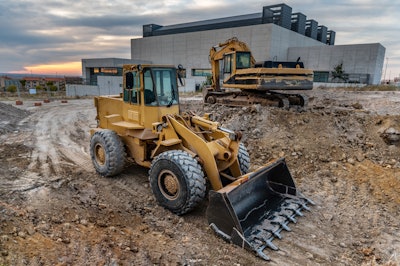
The construction industry is being stressed from many sides, but it has strong fundamentals and performed well in 2024. What challenges and opportunities do the industry face, and how are construction firms dealing with them? Here, we break down some of the challenges and explain how equipment leasing and financing is helping construction companies better manage these turbulent times.
1. Uncertainty about government contracts
The 2021 Infrastructure Investment and Jobs Act (IIJA) was a boon to the construction industry. Also known as the Bipartisan Infrastructure Law (BIL), it provided $1.2 trillion for projects in infrastructure and transportation, $500 billion of which was to be spent on new undertakings. Despite the long process of getting funds from the authorization stage to actual outlays, in the first two years after the bill was signed, states had committed $9.9 billion for 10,000 new highway and bridge projects.
2. Shortage of trade/crafts workers
The number of skilled trade and craft workers in the construction industry continues to decline as older workers retire or leave the industry. From 2005 to 2022, the share of trades and craftsperson’s in the industry dropped from 71% to under 61% according to the Homebuilders Institute report of Fall 2024. The average age of trades construction workers is expected to be over 46 by 2030. This shortage has driven average hourly wages up to $35.80, which puts further pressure on construction companies.
The career pathways movement has been fluctuating over the last few years in attracting students to careers in the trades, but is now showing a downward trend. In 2024, 10.8% of workers in the construction trades were under 25. However, the 2025 number has dropped to 9% of the total construction workforce.
3. Increasing role of tech and AI
As the number of trades and crafts workers decreases, the construction industry has turned to technological solutions to help make up the gap and upskill workers. Robots are being used for welding and materials transport. Virtual, augmented and mixed reality are being used to train workers and simulate construction processes. Companies are using digital twin and Building Information Modeling (BIM) in the design process to streamline operations, increase productivity and improve safety.
4. Supply chain disruptions and increased costs
Delivery of construction materials and equipment face ever-present disruptions and increasing costs. From the pandemic, to the 2021 fiasco of the Ever Given in the Suez Canal, to piracy and attacks in the Red Sea and Western Indian Ocean, it would be an understatement to say that global supply chains have been disrupted over the past several years.
Delays in the shipment of materials and equipment increase costs, as do tariffs announced earlier in the year. Together, they hit the construction industry with a one-two punch.
How Equipment Leasing and Financing Can Ease Some Stress
With uncertain contracts – not knowing when or if a project is going to proceed to completion – equipment leasing and financing can help manage cash flows. By leasing or financing equipment, construction companies know exactly how much their equipment costs are each month and can budget accordingly. As a bonus, through leasing equipment, they’re not stuck owning specialized equipment that may never be used if a project gets shelved.
Equipment leasing can also be a big help in acquiring the technology and equipment needed to help deal with the construction labor shortage. Augmented, virtual, and mixed reality equipment can be leased, as can robots, heavy equipment with remote or autonomous capabilities, and autonomous vehicles. High-tech equipment can become obsolete quickly and may need to be replaced in a few years, so leasing often makes more sense than outright purchase.
With supply chain issues causing uncertain equipment delivery times, leasing can save money. Lease payments don’t start until the equipment is in place and operational, so with a lease, the customer isn’t paying for equipment that is stranded in a distant port.
Looking Forward
There’s a lot of demand for construction, but also a lot of potential roadblocks that can make running a construction company financially challenging. Equipment leasing and financing from a trusted partner can help alleviate some of those problems and can contribute positively to the bottom line.

